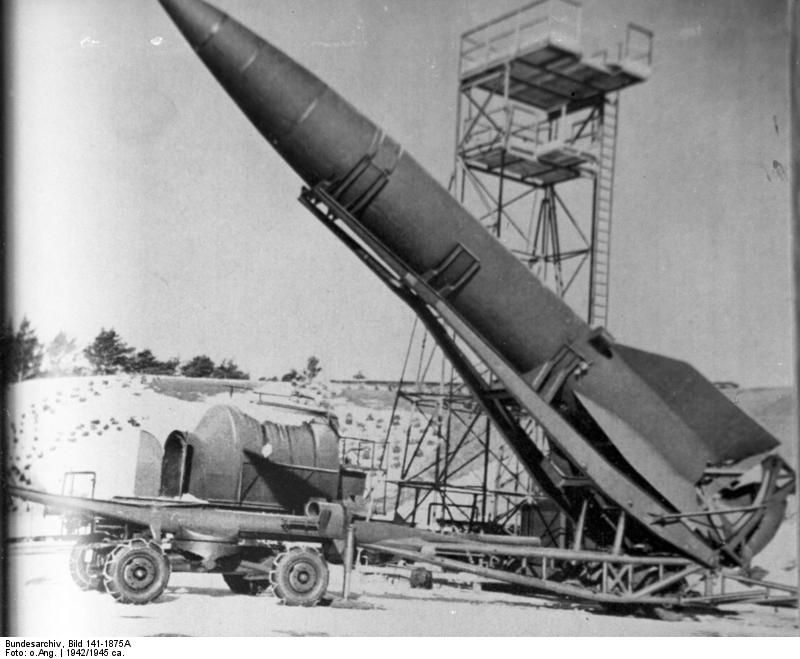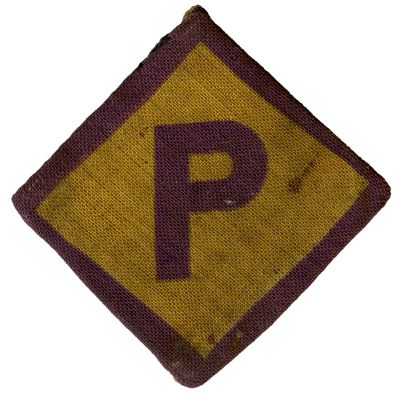Peenemünde: Poles and Hitler’s secret weapon – the V2 rocket
Mediathek Sorted


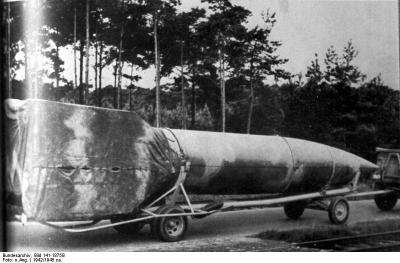
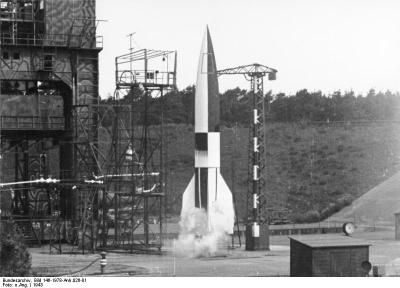
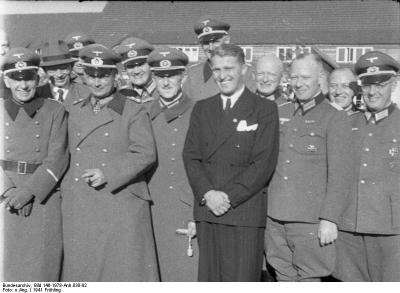
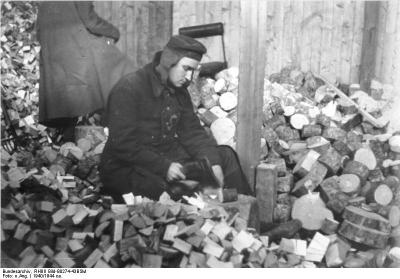
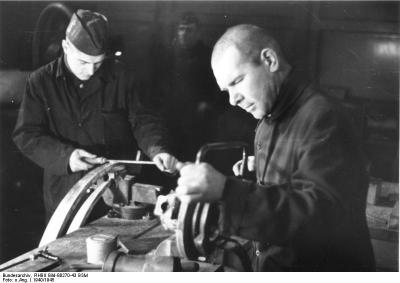

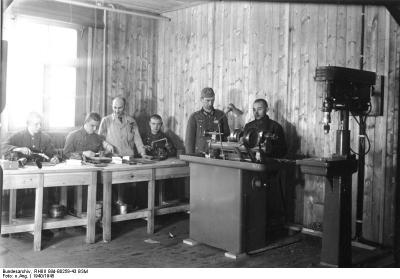
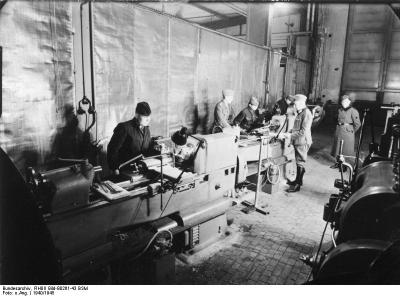
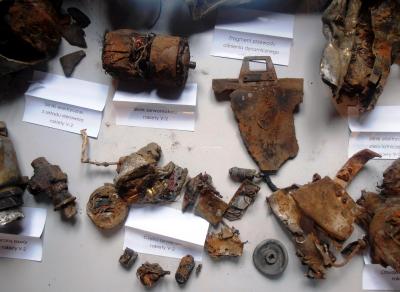
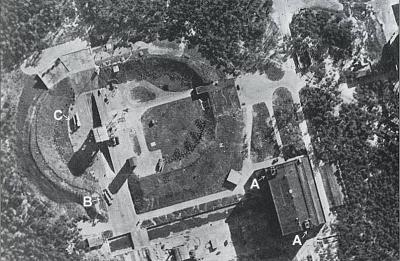
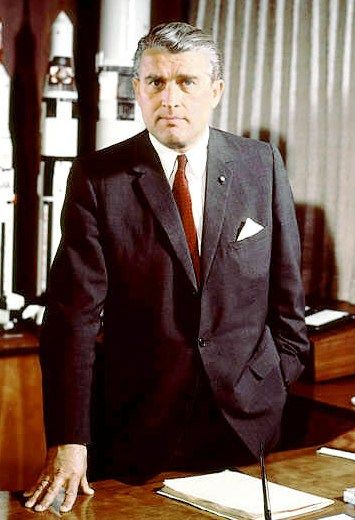
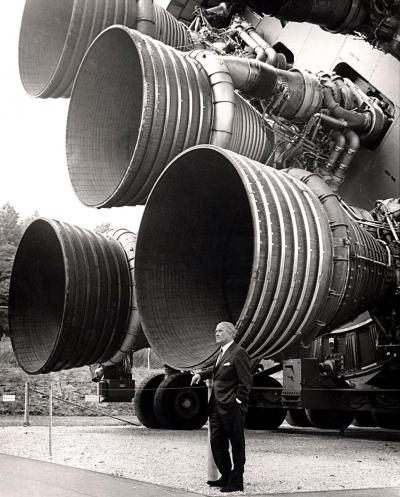

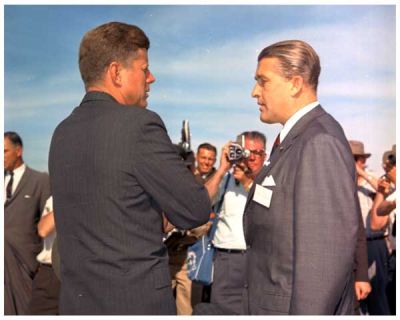
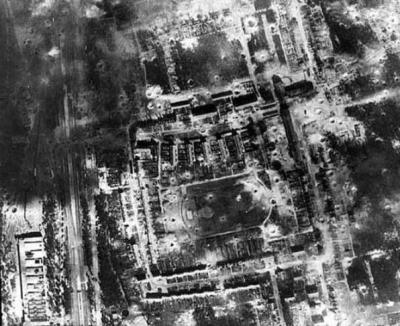
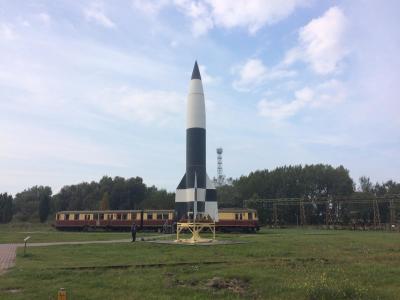
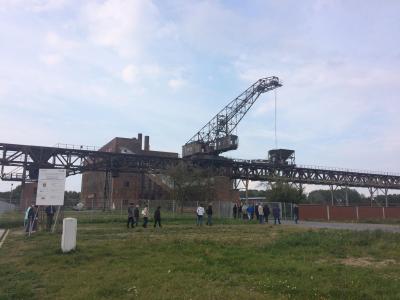
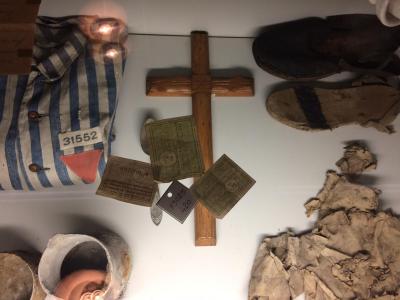
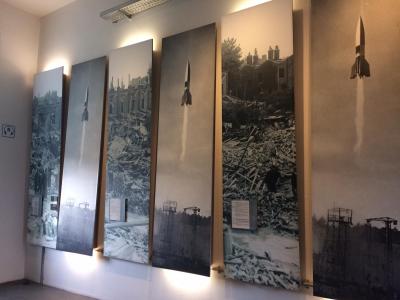
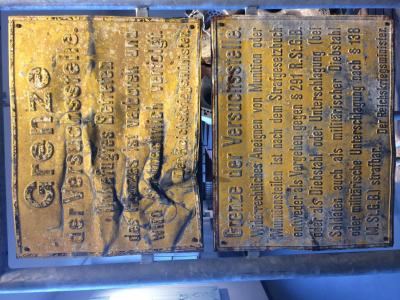
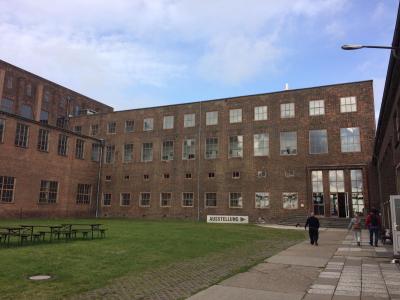

Peenemünde und die Polen - Hörspiel von "COSMO Radio po polsku" auf Deutsch

























This information was confirmed by Augustin Träger (codename: “Tragarz”), who also added further details. Träger was an Austrian who after the outbreak of the Second World War became a German citizen. He lived in Bromberg (Bydgoszcz) and was cooperating with the Polish resistance. By sheer coincidence, Träger’s son Roman was called up to join the Wehrmacht, and was stationed on Usedom near the test facility. His father persuaded him to pass on information about Peenemünde to the Poles. He agreed, and became an AK agent, codename “T2-As”.
Roman Träger’s reports reached London via the AK air reconnaissance service, where on 29 June 1943, after long discussions at a meeting of the Cabinet Defence Committee, the decision was made to bomb the centre on Usedom. The plan was to dispatch Royal Air Force planes just six weeks later. In the interim, the air attack was planned down to the tiniest detail. After the end of the war, Sir Arthur Harris, Marshal of the Royal Air Force, said that “No air attack was prepared so precisely and so conscientiously”.[6] The British decided to distract the Germans by first bombing Berlin prior to attacking Peenemünde. Instead of taking the direct route, the RAF planes flew along the Baltic coast above Peenemünde before turning towards Berlin.
The actual attack on the Peenemünde rocket facility took place during the night of 18 August 1943. In one of the largest air raids of the Second World War, a huge fleet of nearly 600 four-engined bombers dropped a total of 1,937 tonnes of bombs onto the research centre and the surrounding area.[7] In his book, “Akcja V-1, V-2”, Michał Wojewódzki quotes from the reports of the Poles who were on the island during the attack. Henryk Skoczylas, who was working for a German farmer in Bannemin near Zinnowitz, described that night as follows: “Truly, it is almost impossible to describe what happened in Peenemünde and on the western part of the island. It was a night of horror. It seemed as though waves were rolling in the ground under our feet, and as though the island would burst and sink into the sea at any moment. (...) Above Peenemünde, where you would otherwise see strange German small aircraft being shot into the sky, all hell broke loose!”.[8]
The damage caused to the centre in Peenemünde was enormous. Of the 80 buildings there, 50 were completely destroyed. The buildings where the scientists lived suffered the most damage. Nevertheless, two large production halls survived almost unscathed. Due to an error of the pilots, which occurred due to the poor visibility, bombs also fell onto the barracks of the forced labour camp in nearby Trassenheide. During the air raid, 735 people in total were killed, of whom 178 were members of the German staff. The victims also included a close colleague of Wernher von Braun: Dr. Walter Thiel. Most of those killed were prisoners and forced labourers, particularly Poles and Russians. However, the British also suffered heavy losses, with 42 planes shot down by the German air defence.





















































































